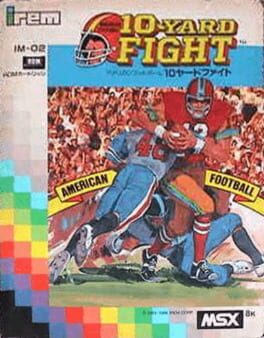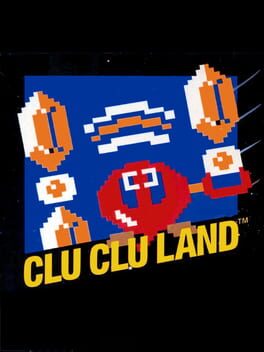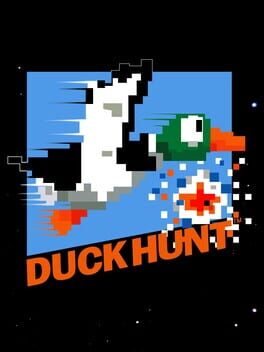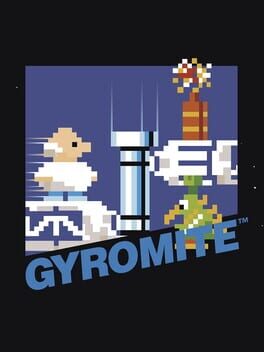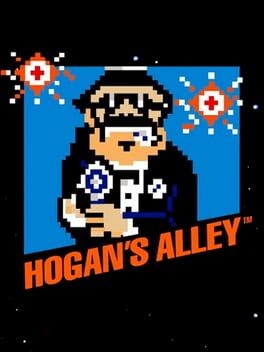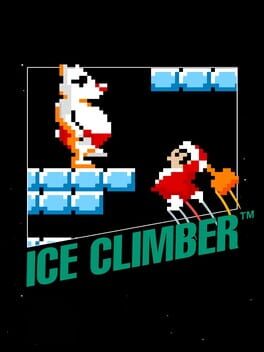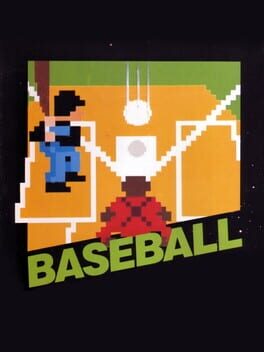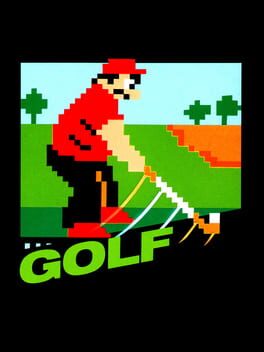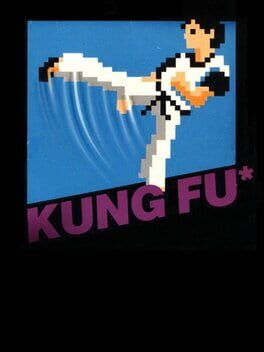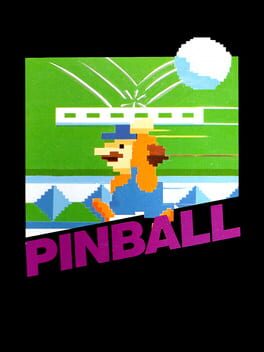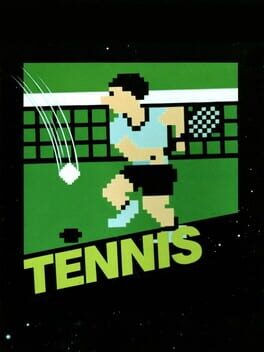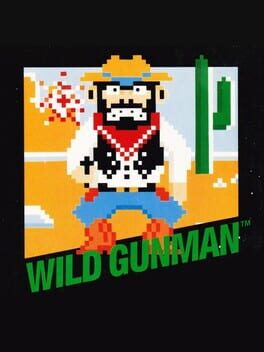Cadensia
BACKER
1990
Like many titles of the early 1990s, StarTropics was inspired by the success of The Legend of Zelda. While the results of such ventures are often mixed, the title has the merit of delivering an adventure of rare quality. Mixing the gameplay of a Zelda - albeit with a grid - and a Dragon Quest for the movement on the world map, StarTropics achieves an elegant result that stands out from the productions of the time. Apart from the difficulty, which skyrockets in the last world, the title's dungeons are generally well balanced, even if a few particularly devious traps still litter the route. The chaptering with automatic saves makes the adventure more enjoyable and allows for the development of a small story, at the crossroads between heroic-fantasy, an almost ecological nature tale and absurd humour - in the manner of Mother. Ultimately, StarTropics is an original attempt and specifically designed for American audiences. It brilliantly meets the challenge it has set itself, standing at the crossroads of genres, which gives it a little avant-garde edge. It is a pity that it is so little known to the public!
1983
1984
Atypical and unnatural gameplay, but you can get used to it quite quickly. One can regret the presence of traps that force you to lose a life in solo mode. The movement of the urchins is sometimes irregular and you can only kill them by having the same direction (in the mathematical sense) as them. Scoring is implemented in a questionable way and the drop rate of bonuses is quite miserable, so that you can make a whole run without running into one.
1984
As far as mode A is the most known, it seems to me that mode C is the most pleasant, since the curves of the clay plateaus are completely predictable. In contrast, mode B is particularly erratic with very dry movements. There is a slight delay in the hitscan (the screen turns black and a white rectangle verifies that the shot hits). Besides, if the technology is particularly innovative for the video game of this time, a sad repetition quickly sets in and we can regret the absence of elements in the background that would give life to the title.
1984
1985
1984
Not unpleasant, the title offers three different modes, all of which have their own interest. While Duck Hunt focuses on precision, Hogan's tests reflexes, whether in a stationary or moving situation or with divided attention. Although the game remains fairly static, it clearly fulfils its role as a trainer.
1985
1983
1984
TBD
1984
1985
Questionable balancing, especially because of the gameplay premise: the lack of tackling and the fact that it's impossible to adjust a pass or a shot while running are particularly aberrant. Blame the technical limitations of the NES, but the experience is particularly bad and the ball collision mask makes any progress extremely complex. For example, it's impossible to shoot if a player sticks to you even slightly, even after you've faked it, such that a successful shot is only taken on a volley from a goalkeeper's clearance (at least that's the only way I've found to score on difficulty 5, without waiting for the penalty shoot-out).
1984
Decent gameplay with subtle depth in shot angle, despite apparent simplicity. Good balancing of difficulty, as the game rewards smart sequences to catch the opponent off guard, but punishes too easy choices (like going to the net without smashing), so it's still possible to beat the computer with good vista.
1984

